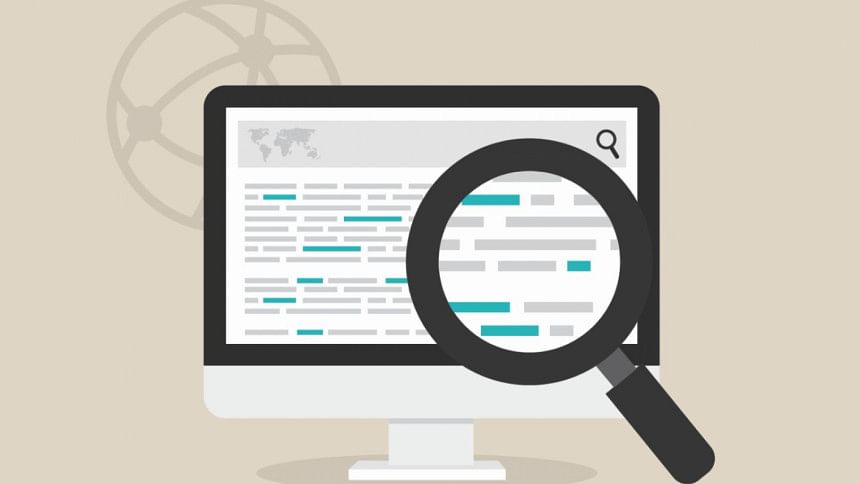3 tips to make secondary research easier

In secondary research, data collection is the trickiest part. For such research, you mostly have to rely on data that others have published, which has some limitations. First, whether the data is truly reliable comes into question. Second, you can only work with the amount of data available to you, even if it is insufficient.
Despite such limitations, the good news is that you can still write a pretty credible research output, as long as you keep the following factors in mind.
Choose credible sources
Thanks to the internet, it's possible for a researcher to access a wide variety of journals, articles, reports, books and statistics online. However, not every source is equally reliable. Your first step in secondary data collection is, therefore, to carefully choose where you take your data from.
Sites that look like they may contain spam and news portals with clickbait – like titles on articles are usually the least reliable. But there are plenty of legitimate news outlets, global consulting firm websites, journal archive sites and development agency sites that produce reports with solid data. These are the sources you should ideally take your data from, with proper citations and credits to the author(s).
Triangulate data
Simply put, data that you've collected from an indirect source is not considered as accurate as data collected directly (from primary sources). To make sure that the numbers and facts you're using can be trusted, take the same data from multiple credible sources.
For instance, if the population of Ecuador turns out to be two vastly different numbers on two different sites, then at least one of them has the number wrong. You must look further until you find a few more sources that agree on approximately the same population number. It is standard practice to verify your data from 3 or more sources, all of which should be reliable.
Compare and combine data for better insights
The difference between a regular report and an insightful report is that the latter tries to explain the data rather than just state it. Once you have collected enough data from credible sources, you need to translate the data into observations.
If your data says that a country hasn't had much of trade recently, try and think about that statement. Was the country politically unstable at the time? Were similar countries having the same problem? You could look further by trying to find new information. In this case, you could check news articles about the country's political climate. You could also use other data, i.e., the trade related data of similar countries to compare and understand what is really going on.
As a secondary researcher, you can take two seemingly boring statistics and be pleasantly surprised to find meaning in the connection between them. As long as you enjoy the process and follow the right steps in data curation, you and research are perhaps meant to be.
Tasmiah is studying finance at IBA, DU. She likes food and makes stressful choices. Reach her at [email protected].

 For all latest news, follow The Daily Star's Google News channel.
For all latest news, follow The Daily Star's Google News channel. 



Comments